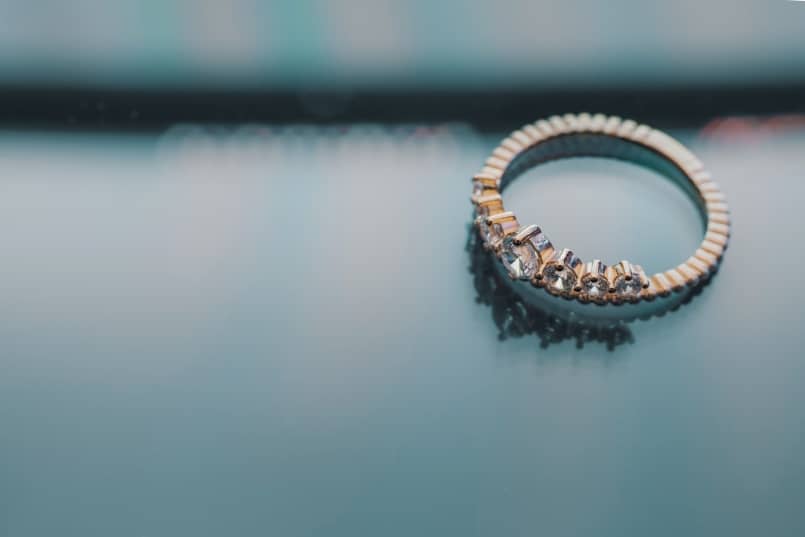When you have nice things, you buy insurance to protect them. Because while you’re going to be careful, we all know that sometimes bad things happen. Someone hits your car while it’s parked at the curb, lightning strikes your house, or due to an unfortunate series of events your diamond engagement ring gets twisted out of shape because something fell on it while you were in the pool.
If you haven’t planned for that last contingency, you might be thinking it’s time to get some jewelry insurance. Before you do, though, there are some things you should know about how this particular kind of insurance works, and what you should keep in mind when you’re getting your policy figured out.
#1: You Need To Get Your Jewelry Appraised Regularly (To Stay Up To Date)
When you get a jewelry insurance policy, you need to get your jewelry appraised as part of that process. After all, the insurance company needs to know what your jewelry is worth before they can give you an accurate policy covering you in case of your loss. However, it’s important to get your policy updated regularly to be sure you aren’t underinsured. As Forbes points out, the value of precious metals, stones, and even the designer name attached to your jewelry can all increase in value over time. Or decrease, in some circumstances. In either circumstance, though, you want to be sure that your current policy reflects your jewelry’s current worth. Otherwise you won’t get proper value for it in the event something does happen to it, and you need to file a claim.
#2: Always Read The Fine Print
A lot of us will get an insurance policy, and think that we’re safe no matter what happens after that point. However, the devil is in the details when it comes to just how safe you (and in this case your jewelry) are. So before you start feeling at ease, make sure you understand which circumstances you’re protected under, and which ones you are not.
As an example, your policy might specify that if your jewelry is stolen, or damaged in an accident, then you will be fully covered for those costs up to a certain amount. On the other hand, if it is washed away in a flash flood, that might be a loophole that your policy doesn’t protect you against. As Lavalier points out, you need to check to see if your policy is of the all-risk variety (which covers every kind of risk you might face, but tends to be more expensive as a result of that coverage), or if it is a named peril policy (which only protects you against the explicit perils outlined in the policy). The more you know about your policy, the better you’ll be able to gauge just how protected you are.
#3: Individual Versus Group Coverage
If you don’t have any pieces of jewelry that are individually valuable, but your collection as a whole is worth something, then you can get blanket coverage for a certain amount, rather than having to declare every, individual piece on a policy. This can save you a lot of time, but it also has the advantage that if something happens to any individual piece of jewelry (even if it isn’t worth a great deal of money on its own), you are covered. There will be sub-limits within the policy, and the collection as a whole will need to be evaluated regularly to make sure of its total value, but overall it’s much less of a headache than trying to negotiate something for every, individual part of your collection.
Finally
If you would to like to discuss your options for homeowners or jewelry insurance please call us at 352.688.1518 our quoting hours are Monday through Friday from 9:00 AM to 5:00 PM. In addition, you can request a quote online. Please remember, We Handle All the Work, While You Save!

